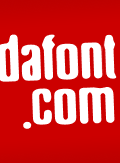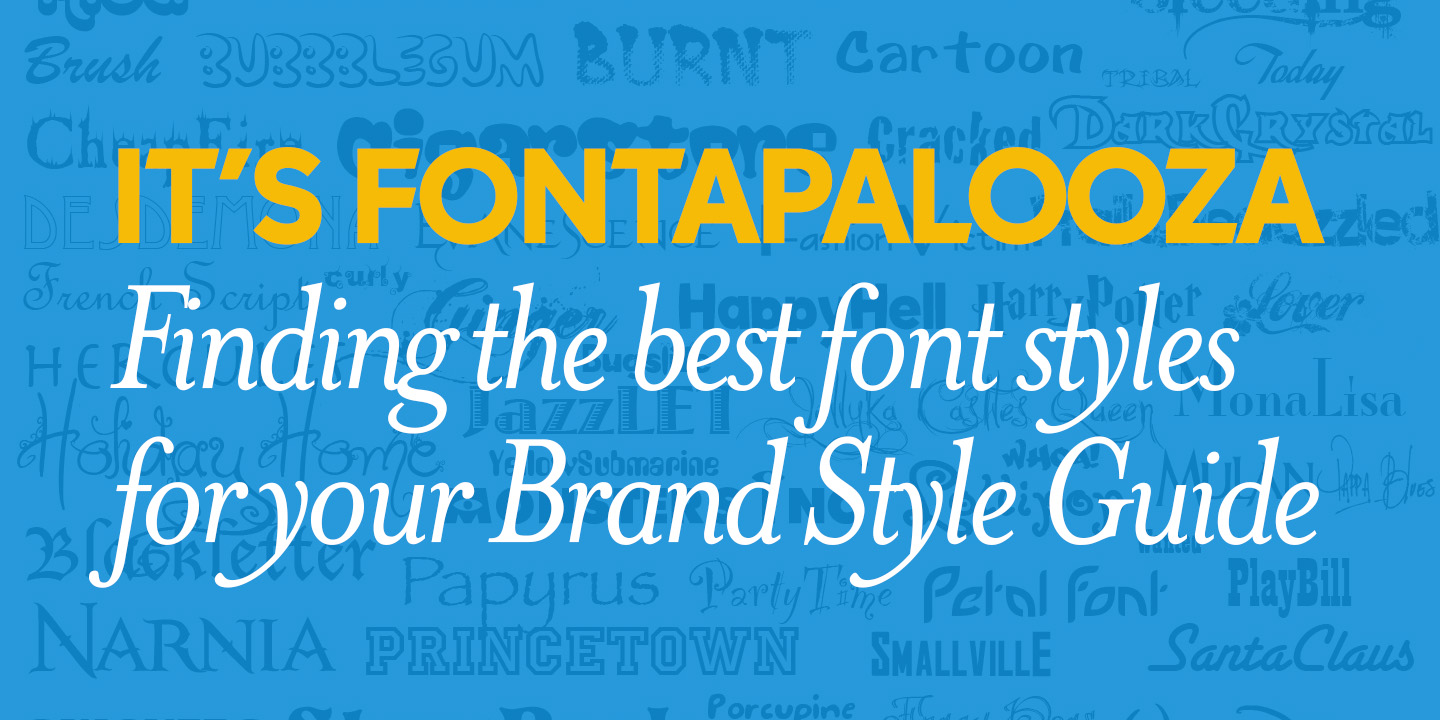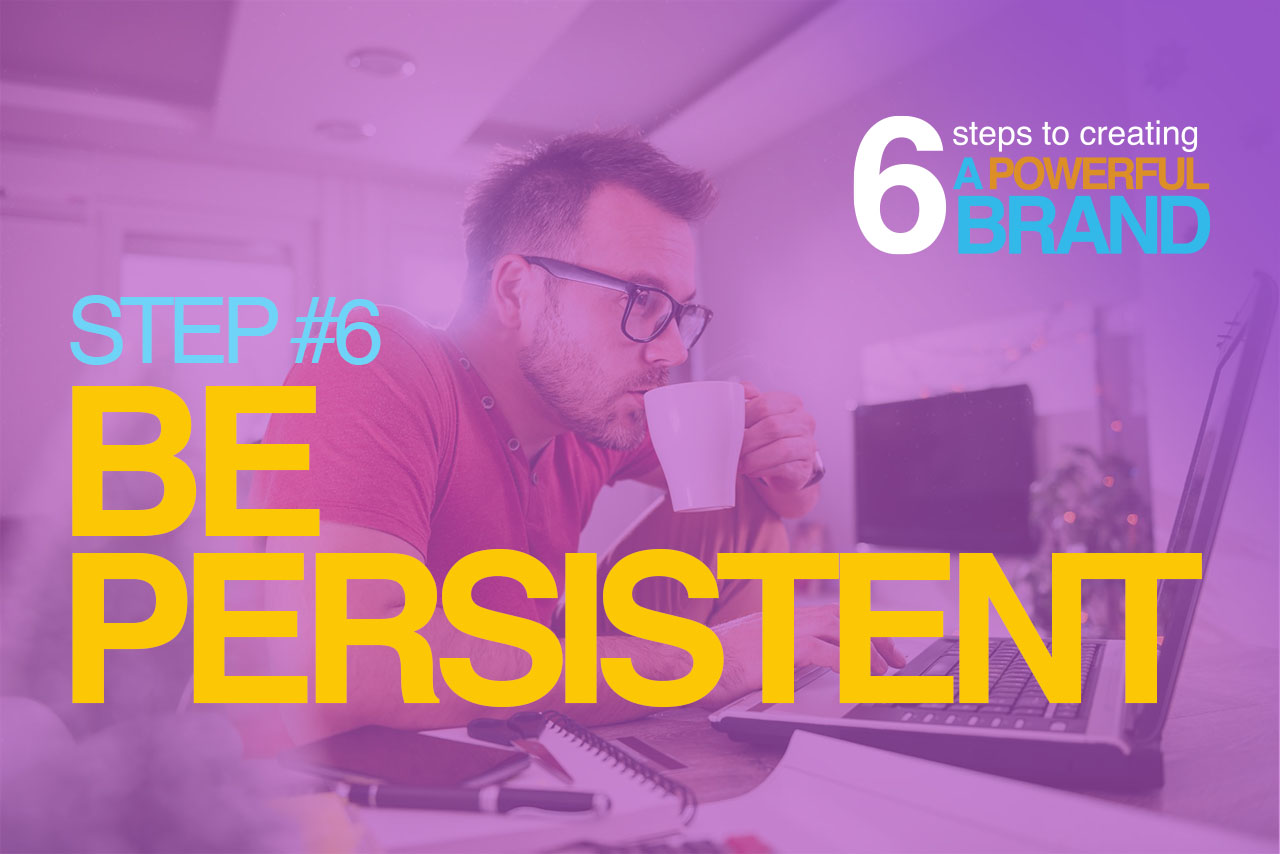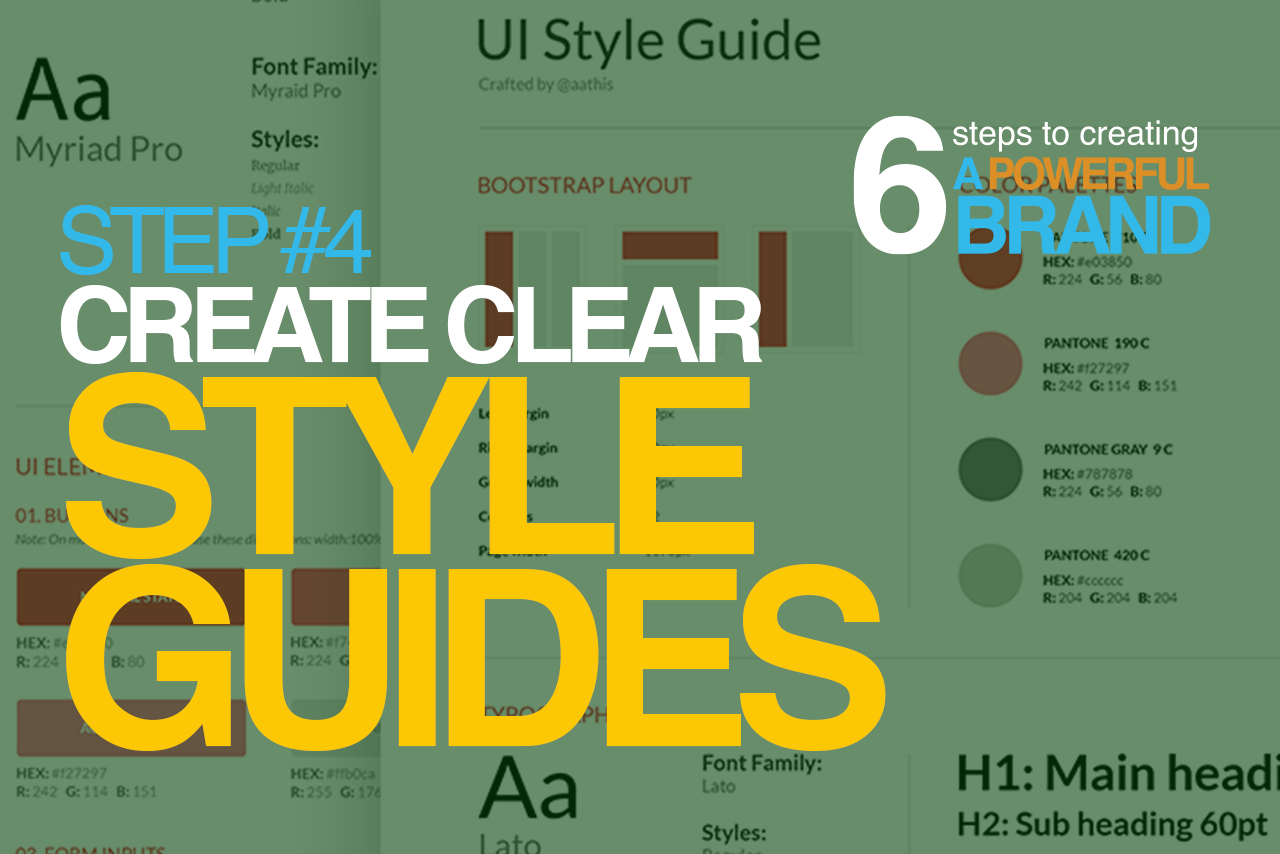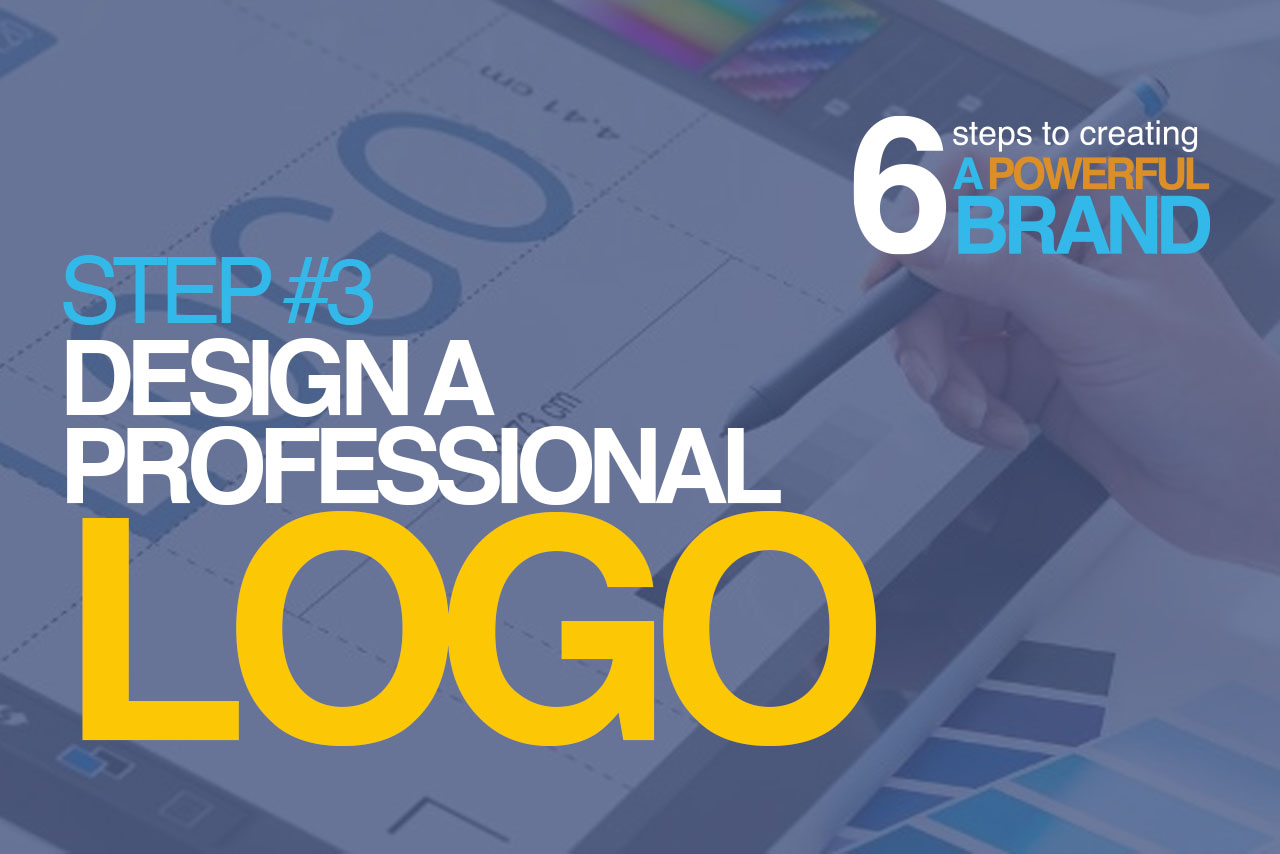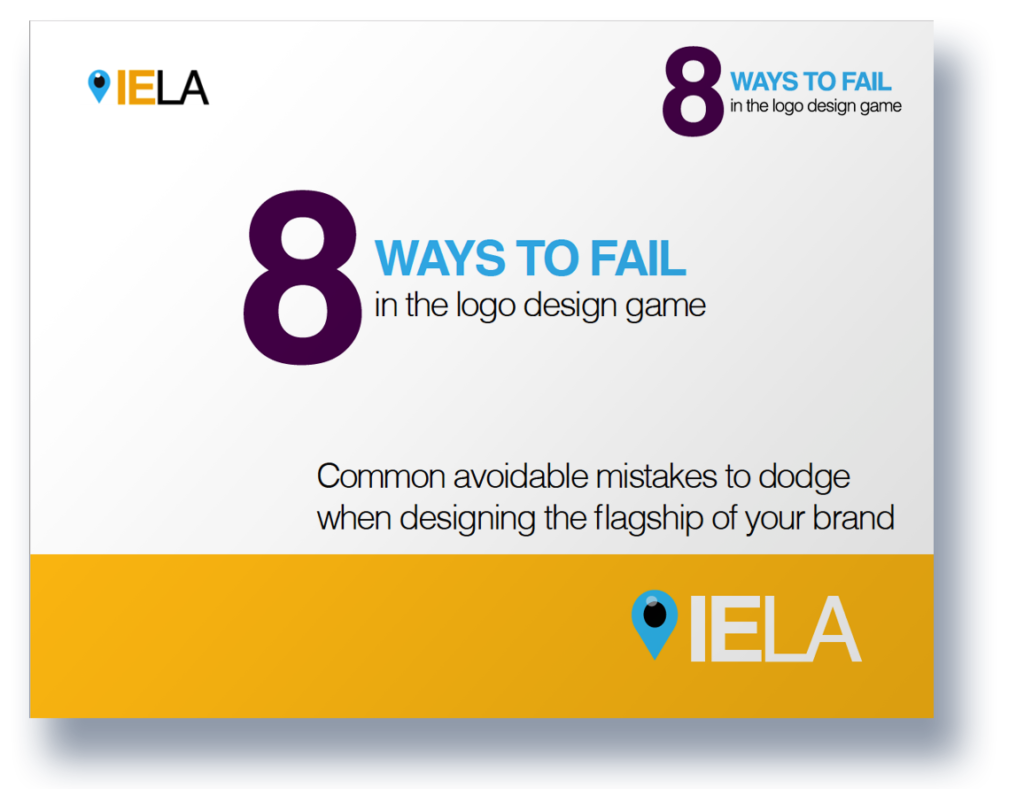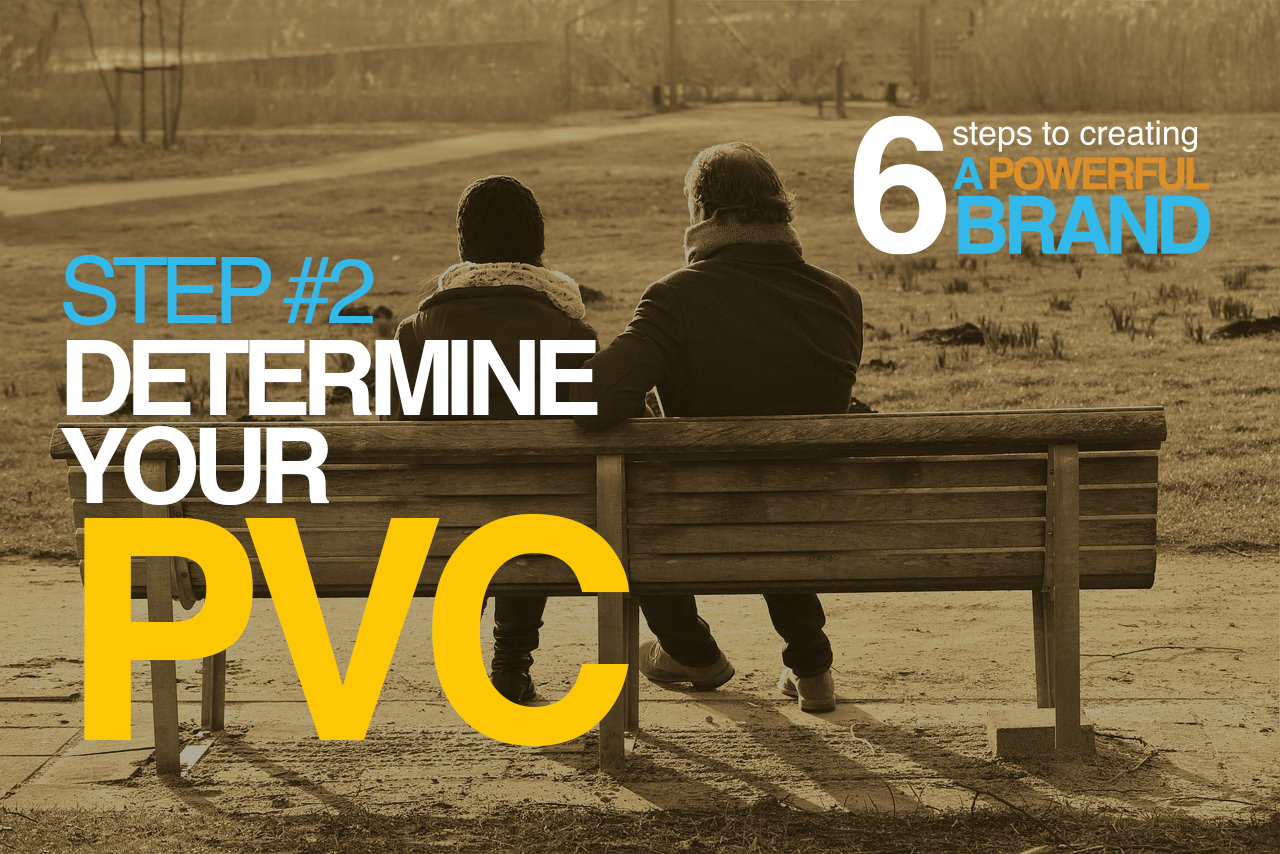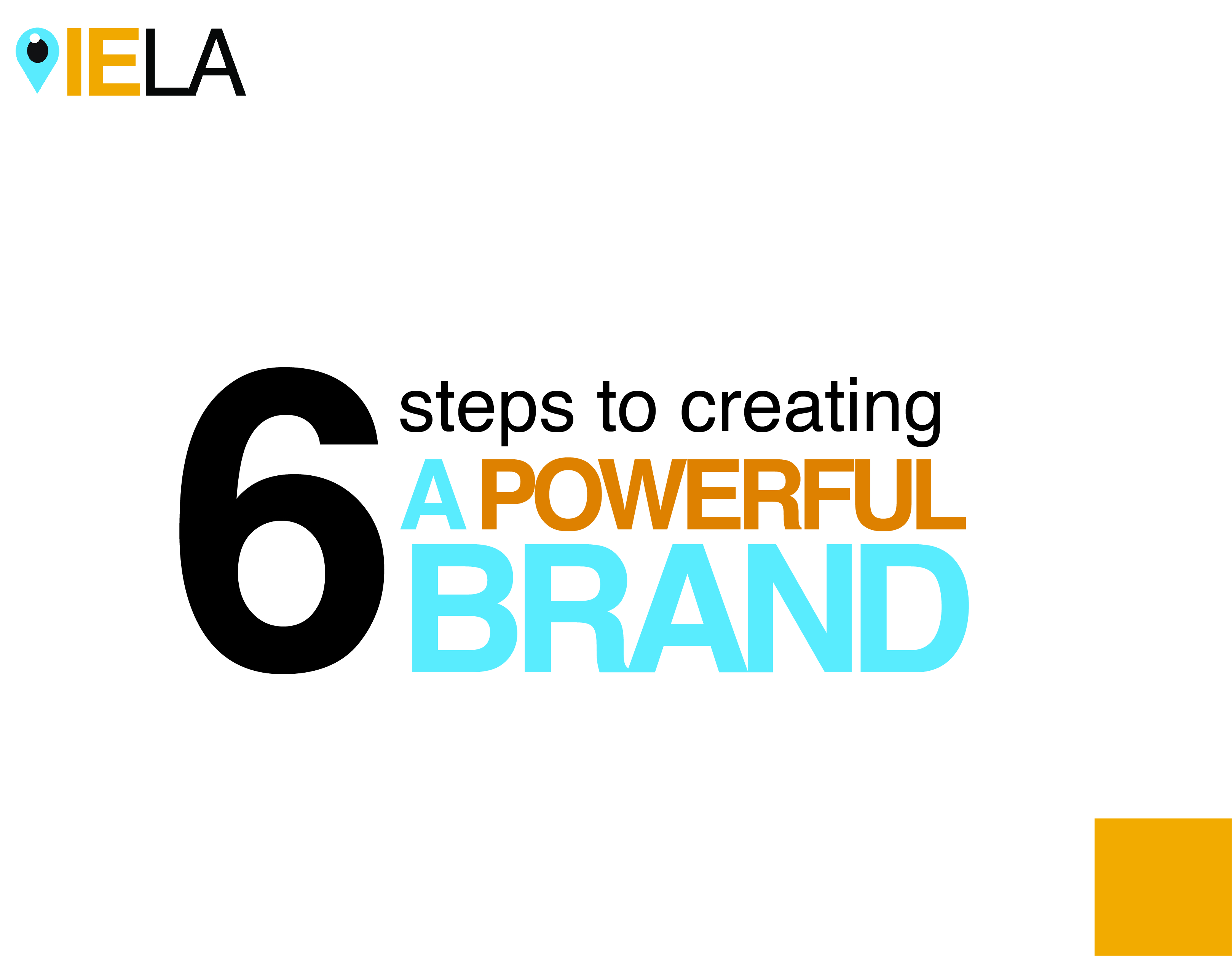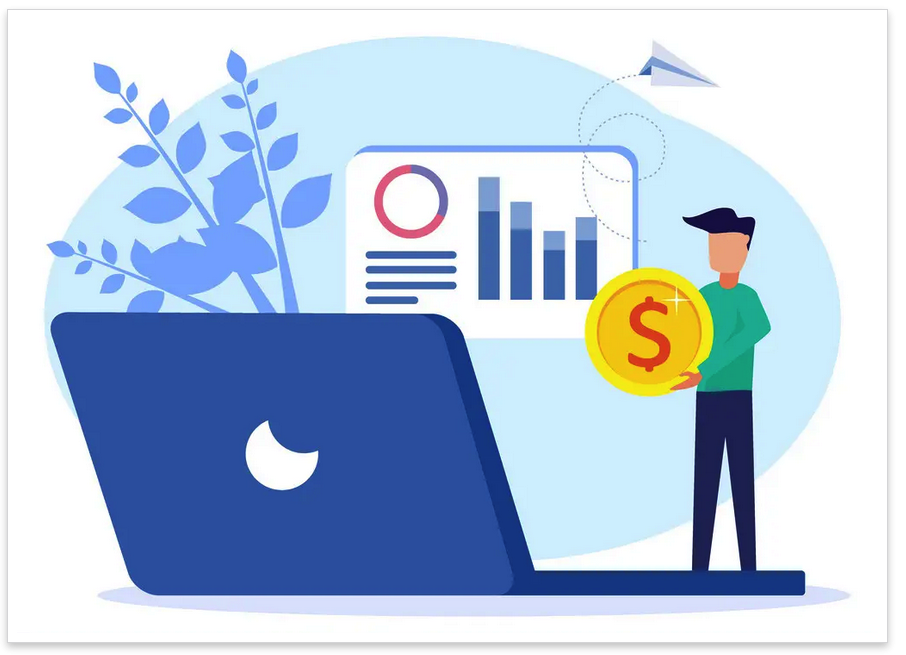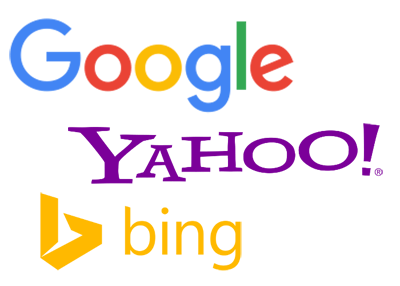A letter from the IELA founder; Thomas Gaebel
The key to finding one's best-life– I think – is in finding out what kind of work best suits us, not just in our skillsets or interests, but for the kind of work that is compatible with the way we are wired. What job choice best suits our brains.
Because we all have to make money to survive (at least most of us do) we end up spending the majority of days working to raise that money to afford us the comforts we've all come to expect from a well-balanced life. Rent, Transportation, communication, and food are the basics, and the earnings we get from our career of choice bring us the opportunity to afford them. Unfortunately, at the time we choose our careers, we typically don't put as much emphasis on job compatibility as we do on earning potential, success trajectories, and aptitude.
It starts at the beginning
Choosing a career is the first step to joining the workforce. Unfortunately, we are pressed to make the decision about what we want to do for a living long before we are ready to answer that question. It could take the average person years and years of in-the-field experience to realize what they like to do, how they like to do it, and where they would like to make it happen. So what happens: we get deeply invested in a job or carer we're may not be happy with, and instead of changing it for something else we might like better – we stick with it and double down because it's considered unwise to change something as important as a career after you've been in it for a while. Especially for those of us who've spent thousands of dollars on an education, and may be deep in student loan debt as well.
My issues specifically
I've had this problem for years, but it's been coming into the light more and more over the last 18 months. The issue is this: I have so many interests, so many things I like to do in my work, I find it difficult to pick just one. How do people handle having ONE JOB? Doing one thing, the same thing every day for years? This question haunts me. The thought of having one thing to do for 8 hours a day makes my brain hurt.
Worse than that, I get bored - and bored is the closest thing I can think of as torture for me.
As a career choice, I'm primarily a graphic designer and I work in web design, marketing development, designing for books, illustration, photography, and I also do podcasting and voiceover work. I named my business ImagesEverything because there really isn't much in the graphic design arena that I don't provide services for, I like it all and I like to stay in a state of exploration.
Don't misunderstand me, it's not just that I have a short attention span, it's that I am operating at my highest level when I'm engaged, challenged, and deeply interested in the work I'm doing.
I also learn very quickly, and the typical method of education for children and adults is frustrating for me. It never seems to move fast enough. I've always learned best by doing, not by listening or reading.
I have in the past few years found that ideally, I like problem-solving. It's challenging, it's engaging on all levels of my creativity, and each problem is different so it's like having a new and different job every day. Being faced with a difficult challenge that others have failed to solve and breaking the code is the closest I've come to actually being vocationally fulfilled. This insight offers me an explanation as to why I work in graphic design and marketing – both of these areas require things that are compatible with my ideal way of working, but not always.
My Ah-HA! moment
A new client came to me earlier this year with an interesting problem. She had been relying on a designer to do all of her marketing for her over the past few years and that designer recently ghosted her. He became involved in another career or client and was no longer available to take care of her marketing needs. Because she felt abandoned, she wanted a new paradigm– she wanted me to teach her how to do her own marketing, so this scenario wouldn't happen to her again. In essence, she wasn't asking me to be her marketing manager, I was going to be her marketing consultant – or coach.
I agreed to the premise and set her up with a weekly zoom call where we would plan her marketing strategies together with a monthly fee. The project would last for 3 months. I was happy to participate - mostly because I would still be in the marketing arena taking advantage of my skill set, but also working in a problem-solving capacity, so every new day would be different. Win Win!
As we worked more closely I learned a lot about her, and I also learned her motivation for wanting to be so involved in her marketing- she had a serious problem with work/life balance.
This client believed that by getting a better handle on her marketing she could make it work better at bringing her new patients (she's a Chiropractor with 2 offices). Better marketing means more business, more business means more money, more money means more free-time, and free-time equates to work/life balance. I personally didn't necessarily agree with this last part, and I felt there were other ways she could work that would improve her work-life balance, and I asked her if I could coach her on this new goal alongside our previous goal of online-marketing training. She agreed to give it a try, and I started asking questions.
Did I fail to mention . . .?
I have always been the type that likes to give away advice. I read a lot on self-help and work on myself constantly. I received a mantra in 1996 from a monk who studied under Maharishi Yogi in the '70s, at a retreat in Sedona Arizona and I consider myself to be well on my way to enlightenment. I have a life balanced in fun, family, and fulfilling work and to me, this means I have a lot of self-improvement information, tips, and tricks to share. And I have a difficult time keeping my mouth shut.
When my client agreed to let me help her reach a work/life balance, combined with the marketing program we were planning, I found myself in a state of nirvana. I was problem-solving in a vocational and personal platform. I was engaged and challenged and creatively satisfied while helping someone overcome some of her more pressing challenges.
We discussed her time management, and her money management, and found some holes in her processes that could get her a little bit of her life back. We discussed options for her to schedule some much-needed time off, and she realized she just needed someone to give her permission to take a long-deserved vacation. Just the idea that she didn't really have to keep plugging away so hard was a watershed moment for her, because after the intense work and focus required in her initial business startup phase, she never really learned how to stop that wheel, and it had been spinning out of control. She just needed someone to tell her it was okay to breathe now because her business was up and running and doing fine. So simple a solution, but she just couldn't get there alone.
"Wow," I thought to myself after our breakthrough "If my workdays could be like this all the time I would never retire!"
I had reached it – occupational satisfaction level 5, The highest rating you can make. My best day ever.
What made it especially satisfying was that I didn't have to drop my vocation of graphic design and marketing in order to find happiness in something I enjoy, which now looks like marketing coaching with a focus on work/life balance. I somehow found a way to combine the two and create a joyful and effective work-life for myself, while providing additional value and opportunities for my clients.
As of today, I have 3 clients, all as marketing and coaching platforms combined. These are clients who need a little help presenting their business to the world, and who are trying to find ways to balance out the expectations and challenges of their work, with the needs and expectations of their lives. So far, we all experience breakthroughs virtually every week as we work towards obtaining these goals.
My platform is simple:
On the marketing side, I ask my clients what their marketing objective is, and I offer them tools and tips on how to get there. Content development, blogging, Facebook tools, web design, SEO, Youtube, audio podcasting and print. any and all of these are available to my clients as options for boosting their business presence and their market visibility.
On the life side, I ask them to tell me about their lives in four specific areas;
Time: How do you manage it? How does it manage you?
How do you feel about time today? Do you have enough time? Are there enough hours in the day? Are you often on-time or chronically late and why? Do you use a calendar or planner?
Money: How are you earning? How are you spending? What about savings? What about debt? We dig into these four questions in an effort to find the glitches and then work on goals to get this ship righted if it isn't already
Relationships: Tell me about the people in your life, and share some of the challenges you might be facing in the areas of Communication, compatibility, emotional connection, and balance. I also like to talk a lot about boundaries, how they work, and why many of us have a difficult time maintaining them.
Self-care: Are you getting enough sleep? Are you eating right? Are you getting any exercise? Are you meditating in any way? I also like to talk about good and bad habits, how to form them or break them, and how to identify if a habit is good or bad.
It's within these four "Pillars" I think we find the greatest opportunities for growth, personal change, and in getting our spinning wheels under control. I think it's by slowing or stopping this "wheel" that we truly start to regain our work/life balance and find the peace and harmony so many of us seek in our hectic and complicated lives.
In the coming months, I plan to launch the IELA marketing coaching platform called W/L BALANCE, where I offer my clients a package of marketing deliverables such as web design, email marketing tools, branding, coaching on content development, and planning a successful campaign. In the package, I will also be offering life coaching, where we talk weekly about the four pillars and work on setting and fulfilling goals in an effort to obtain that coveted work/life balance. I call it my Best Life Program, and I hope I can provide value and opportunity to all who need these services.
If you'd like to learn more about the W/L Packages, or my Best Life Program, please feel free to email me at Thomas@iela.net and we'll set up a time to talk, even if you don't see the package posted yet. My goal is to expand to 10 clients a week and no more, so hopefully, there's a slot available for you when you're ready.
Thanks for reading
Thomas Gaebel |founder
IELA | ImageEverything-Los Angeles
